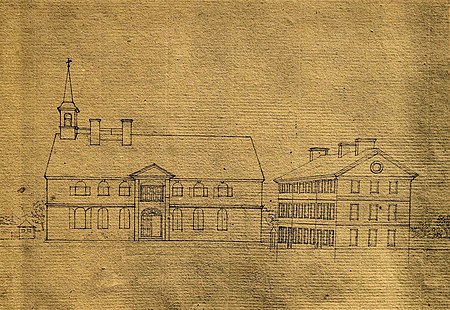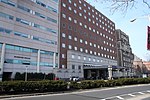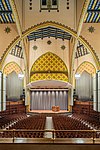Academy and College of Philadelphia

The Academy and College of Philadelphia (1749-1791) was a boys' school and men's college in Philadelphia, Colony of Pennsylvania. Founded in 1749 by a group of local notables that included Benjamin Franklin, the Academy of Philadelphia began as a private secondary school, occupying a former religious school building at the southwest corner of 4th and Arch Streets. The academy taught reading, writing, and arithmetic to both paying and charity students. The College of Philadelphia was founded in 1755, when the academy's charter was amended to allow the granting of advanced academic degrees. The Medical School of the College of Philadelphia, founded in 1765, was the first medical school in North America. The College of Philadelphia merged with the University of the State of Pennsylvania in 1791, to form the University of Pennsylvania.
Excerpt from the Wikipedia article Academy and College of Philadelphia (License: CC BY-SA 3.0, Authors, Images).Academy and College of Philadelphia
Grays Ferry Bridge Path, Philadelphia South Philadelphia
Geographical coordinates (GPS) Address Nearby Places Show on map
Geographical coordinates (GPS)
| Latitude | Longitude |
|---|---|
| N 39.951 ° | E -75.195 ° |
Address
University of Pennsylvania
Grays Ferry Bridge Path
19104 Philadelphia, South Philadelphia
Pennsylvania, United States
Open on Google Maps









